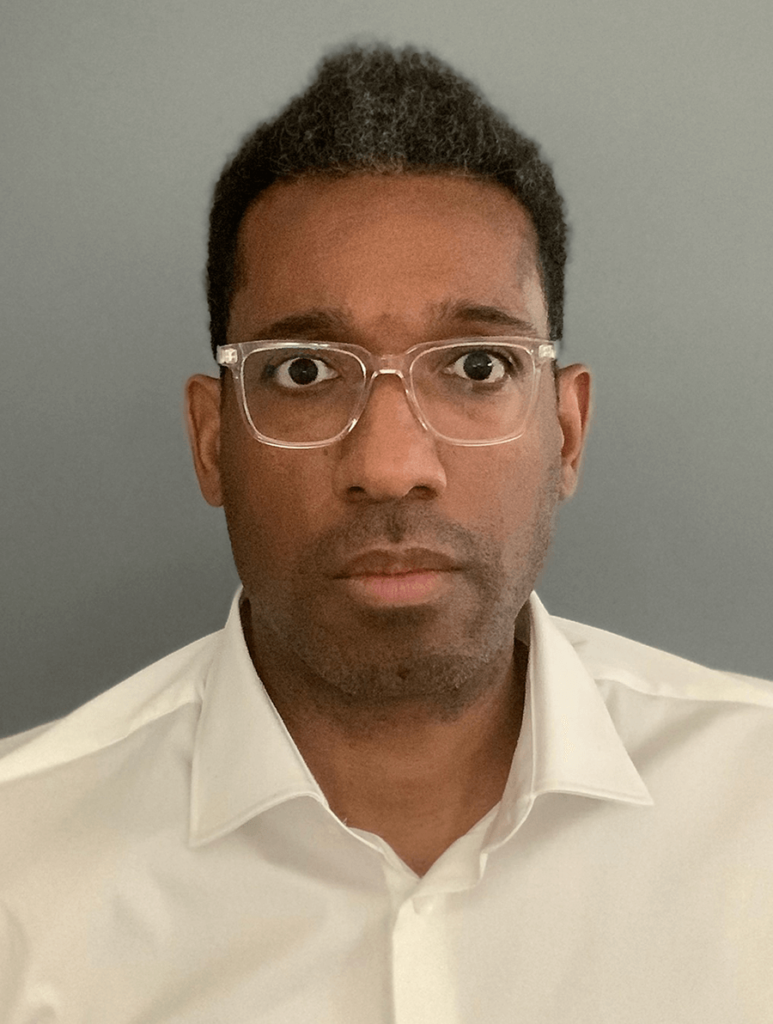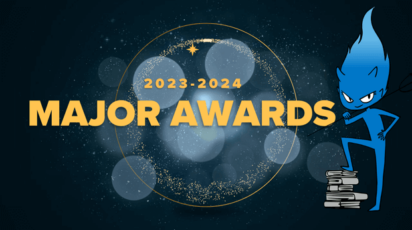News
Dr. Jackson Collins Addresses Racial Literacy, Microaggressions, and Moving Forward with Poly Prep Faculty
“What does the student of color experience look like?”
This was the question asked at the beginning of a powerful presentation by Dr. Jackson Collins, Associate Executive Director of Prep for Prep. As the Poly Prep faculty prepares for the new school year in a time of pandemic uncertainty and national social unrest, one of the big issues facing students and teachers alike was addressed in a thought-provoking presentation by Dr. Collins, “Behind the Veil: A Deep Dive into the Student of Color Experience at Predominantly White Independent Schools.”

With a strong emphasis on the importance of having ongoing discussions about race, Dr. Collins walked teachers through the results of a 2018 study of 525 students that included some from Poly, along with others from 74 schools across eight states. The participants were 54% Black/ Afro Latinx, 25% Latinx, 13% Asian, and 8% multiracial.
“Students of color experiences at predominantly white independent schools are not all doom and gloom, but there is room for improvement,” Dr. Collins told the group via Zoom, pointing out that that “there are systems of racism and bias that undergird our education infrastructure,” and making it clear that they have to be addressed to help students truly feel like part of their academic community.
Reflective of similar conversations that are happening across the country, Dr. Collins told the group that everyone at the presentation was going to experience his talk differently, interpreting the data as well as his conclusions based on their own backgrounds and life experiences. He suggested using that as a lens through which to view his findings, and to look at Poly with as much of a critical eye as possible.
Why is racial literacy so important?
Dr. Collins talked about the results of the study in the context of understanding the student of color’s experience in predominantly white schools, and how important it is to both recognize and acknowledge their experience, and to include racial literacy as part of the curriculum, as early as elementary school. Racial literacy, as defined by Dr. Howard C. Stevenson, is “the ability to read, manage racial stress, and resolve racial encounters.” It plays a key role in school climate and it is something that is in the school’s control.
“Just like there’s a math or history curriculum, I think there should be a scope and sequence that’s developmentally appropriate for racial literacy training in schools,” he said. “There’s a huge appetite” for students and participants “to have the entire community engage in conversation around race.”
“How many times have we avoided the challenging conversation around race because we didn’t know what to say?”
He spelled out the dangers of not addressing the issues. “How many times have we avoided the challenging conversation around race because we didn’t know what to say?” he asked the group. “We put some students in emotional and intellectual peril by not giving them strategies to manage the stressfulness of, of a racial moment,” he said. “We also put our students and institutions in harm’s way by not helping them understand which vocabulary is appropriate and which is inappropriate. And how those words may land on people who are different from you.”
“When we think about what it looks like to enter into a school, what are you asking families and students to know or to understand before they enter into the space? And how are you preparing again, the school for all of your students, in particular students of color?” he asked.
Microaggressions, stereotypes, gender disparity, and resulting stress
When microaggressions happen in schools, they can discourage students of color from participating in school activities or asking for help when they need it.
Microaggressions became a major focal point of the talk, and Dr. Collins gave examples from his own life to show how small, seemingly insignificant comments—whether intentional or not—can create an atmosphere of racial bias for students, and make it difficult for them to know how to respond. He talked about being called “Justin” (his first name is Jackson), because Justin was the name of another African-American man his teacher knew, and said that when it happens multiple times, then ten times, “I begin to wonder whether there’s the stereotype that all Black people look alike in that person’s mind.” That affected his mood, his interactions, and his view of the people around him as much as a more overt racial comment would. When microaggressions happen in schools, they can discourage students of color from participating in school activities or asking for help when they need it.
The study also indicated that girls of color have a more challenging time than boys. As a former dean, history department chair, teacher, and coach, Dr. Collins admits he missed this himself, making the assumption that the girls were “okay” because they tended to get better grades. When he looked at indicators beyond academics, he was able to see that girls were having a more difficult time “across a host of factors”—and, surprisingly, the boys who participated in the study agreed with the girls’ assessments.
It’s not the student’s job to be the diversity educator.
How the school responds after an incident of bias is key—and the responsibility for that shouldn’t fall on the student. “I caution us not to put all of the onus on our students of color to be able to navigate the space. Having to be a teacher, to both students and faculty, is really stressful, right? It’s not the student’s job to be the diversity educator. Their job is to be a student. So this overhang of speaking up and teaching people about bias and difference and inclusion and equity and having to be a really good student and a challenging school is draining.”
Michal Hershkovitz P’16, ‘18, Assistant Head of School, Academics, noted that the data were “particularly illuminating in underscoring that Black students, like their White counterparts, tend to love their schools despite their constant exposure to racism that undermines their academic accomplishment.”
“As a teacher and administrator,” said Hershkovitz, “I was struck, saddened, and challenged by the data, all of which point to a pressing need for us to actively eradicate microaggressions and other manifestations of racism in our school.”
Where do we go from here?
“One big takeaway from Dr. Collins’ talk,” said history teacher Dr. David Reid, “was how damaging a predominantly white institution can be to students of color, especially Black girls, if the institution doesn’t take concrete steps to improve racial literacy and deal with racism and microaggressions.”
“We should aspire to be a place where students can be themselves.”
Dr. Collins said the need for engagement and “a greater willingness of the full community to discuss, confront, and learn about race…in the moment and on an ongoing basis” is essential. “Sometimes students do not have the tools they need to protect themselves. They may not have the vocabulary or desire to speak up so they may say nothing. We should aspire to be a place where students can be themselves.”
He also stressed the importance of students’ perceptions of the work being done by their schools. “We also need better communication between administration and the students,” Dr. Collins said. “It would be helpful if students know that faculty is doing the work,” including what’s happening in Poly’s professional development sessions. “Schools say we’re going to do x and y. What does that look like? What is actually happening?”
Part of this transparency needs to include looking back on issues that should’ve been addressed and weren’t. Dr. Collins said that “naming the elephant” instead of avoiding it leads to greater communication and understanding.
Final takeaways
Afterward, Dr. Collins said he hoped Poly faculty would take these ideas away to “carry with them into the new school year”:
- “Racial literacy (the ability to read, manage racial stress, and resolve racial encounters) is a critical skill set that all members of the school community should develop. Racial literacy is an important foundation to developing a racially inclusive school climate. Racial literacy can be learned at any grade level, and it is not only for students and faculty of color.”
- “Microaggressions are a slow and burdensome drain on students’ sense of belonging and emotional well-being. It is important that faculty find ways to address racial microaggression in their classrooms and in the hallways.”
- “Engagement matters: Faculty need to develop the ability to model Racial literacy. If they model the ability to manage the stressfulness of having conversations about race and the ability to resolve racial encounters, their students will follow. Any shift in school culture is a community effort that begins with leadership by the faculty.”



